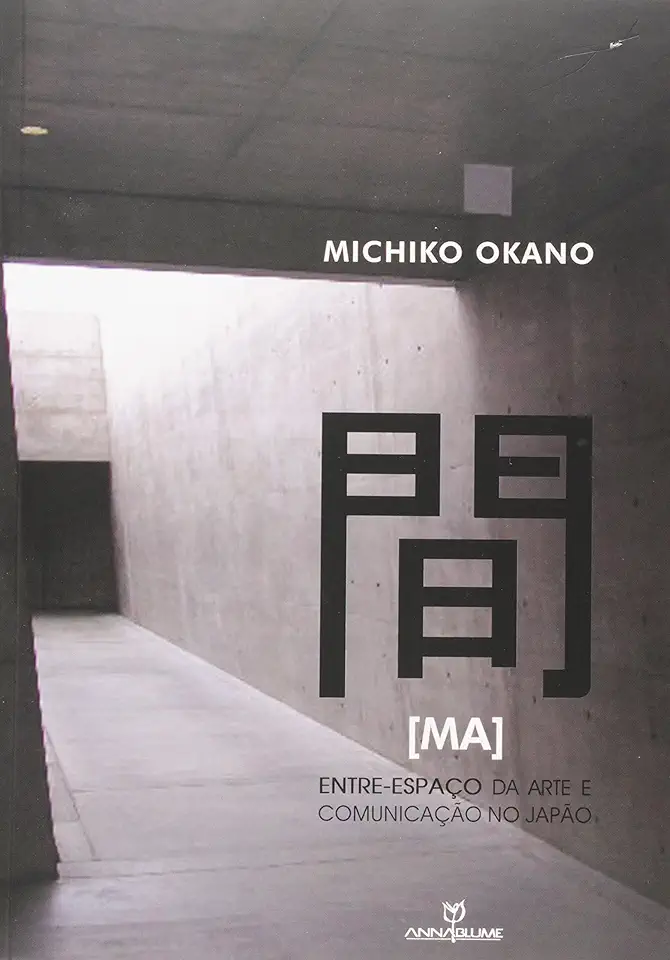
Ma: Space-Time in Japanese Art and Aesthetics
Ma: Space-Time in Japanese Art and Aesthetics
A Journey into the Heart of Japanese Aesthetics
In the realm of Japanese art and aesthetics, there exists a profound concept that transcends mere visual beauty. It is the concept of Ma, a term that encompasses the interplay of space, time, and emptiness. Ma is not simply a void or an absence; it is a dynamic force that breathes life into artistic expressions, inviting viewers to engage in a contemplative dance with the artwork.
Ma: The Essence of Japanese Aesthetics
Ma is a fundamental principle that permeates all aspects of Japanese art, from traditional painting and calligraphy to architecture, gardens, and even the performing arts. It is the subtle pause between musical notes, the empty space between brushstrokes, and the tranquil void within a Zen garden. Ma is not merely a physical or temporal dimension; it is a philosophical concept that embodies the essence of Japanese aesthetics.
The Philosophy of Ma
Ma is rooted in the ancient Japanese worldview, which emphasizes the interconnectedness of all things and the impermanence of existence. It is a reflection of the Buddhist concept of emptiness (sunyata), which teaches that all phenomena are devoid of inherent existence and arise only through their relationships with other phenomena. Ma, therefore, represents the dynamic interplay of emptiness and form, of being and non-being.
Ma in Japanese Art
In Japanese art, Ma is manifested in various ways. In traditional painting, for instance, Ma refers to the empty spaces between objects, which are as crucial to the composition as the objects themselves. These empty spaces create a sense of depth, movement, and tension, inviting viewers to actively engage with the artwork and contemplate its hidden meanings.
In architecture, Ma is evident in the use of negative space, such as the empty spaces between buildings or the void within a room. These empty spaces create a sense of harmony and balance, allowing the viewer to experience the flow of energy and the interconnectedness of all elements.
Ma in Gardens
Japanese gardens are perhaps the most exquisite expressions of Ma. The careful placement of rocks, trees, and water creates a harmonious interplay of positive and negative space, inviting viewers to wander through the garden and experience the changing perspectives and atmospheres. Ma in gardens is not merely a visual experience; it is a sensory journey that engages the mind, body, and spirit.
Ma in the Performing Arts
Ma is also a vital element in Japanese performing arts, such as Noh theater and tea ceremony. In Noh theater, Ma refers to the pauses between movements, gestures, and spoken words. These pauses create a sense of anticipation and heighten the emotional impact of the performance. In the tea ceremony, Ma is the interval between each sip of tea, allowing participants to savor the moment and appreciate the beauty of the surroundings.
Ma: A Path to Inner Peace
Ma is not just an aesthetic concept; it is a way of life. It is an invitation to slow down, to be present in the moment, and to appreciate the beauty of imperfection. By embracing Ma, we can cultivate a sense of inner peace and harmony, and experience the world with a deeper understanding and appreciation.
Conclusion
Ma: Space-Time in Japanese Art and Aesthetics is a captivating exploration of this profound concept that lies at the heart of Japanese culture. Through stunning visuals and insightful commentary, this book invites readers to embark on a journey into the realm of Ma, where they will discover a new way of seeing, feeling, and experiencing the world around them.